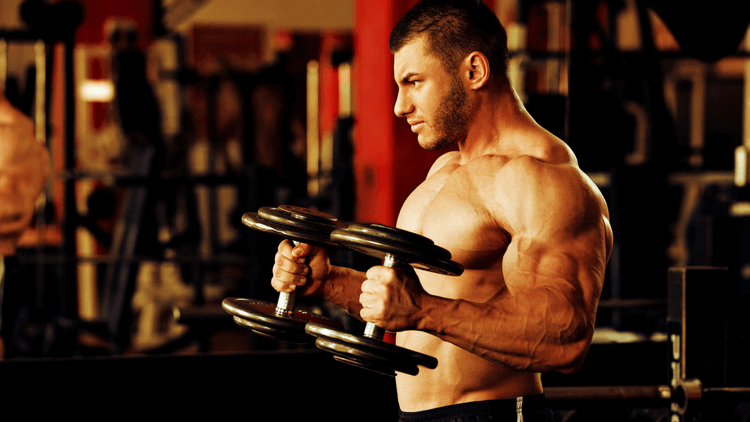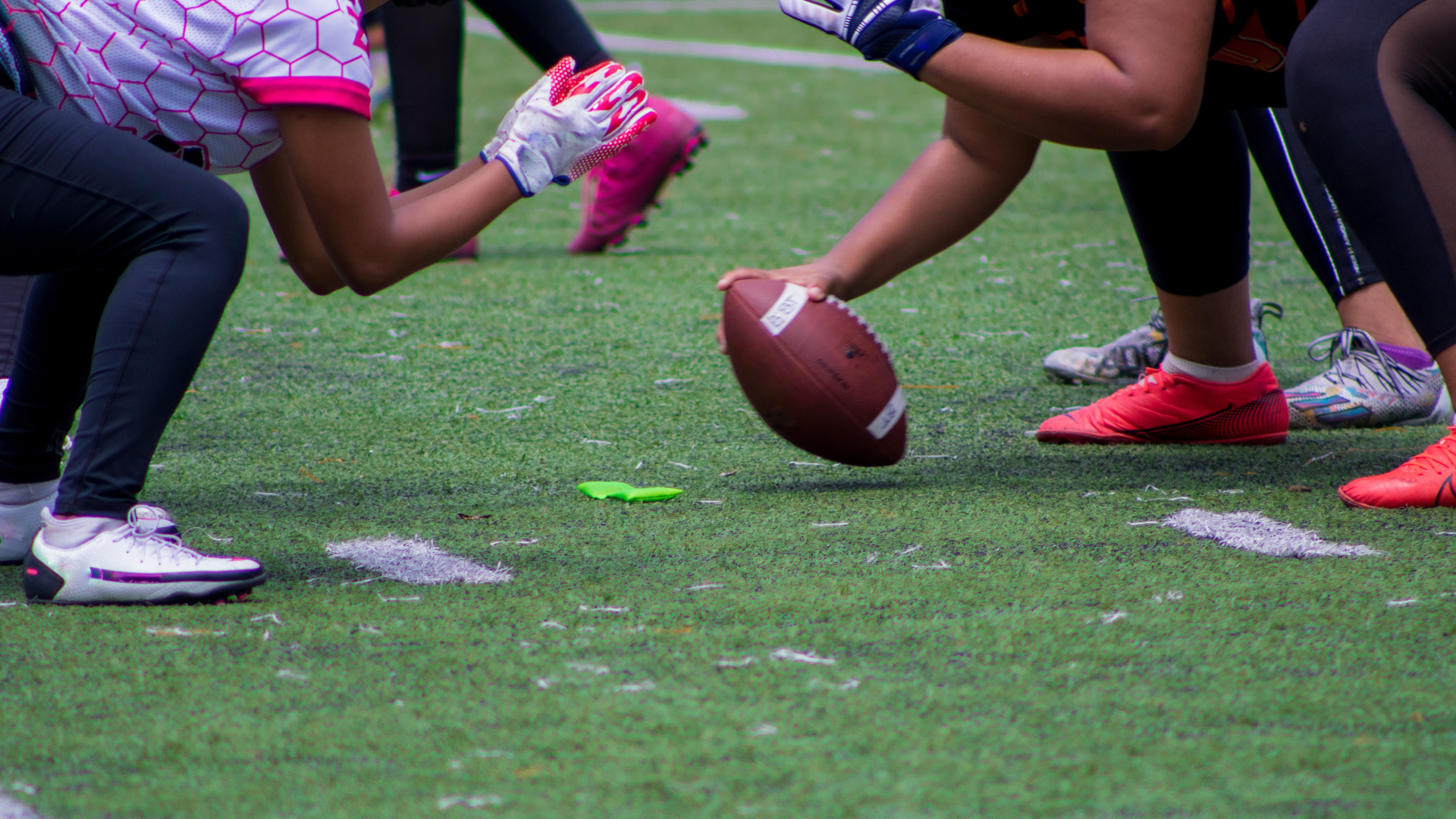Ever stopped to think about just how hard your shoulders work? Those bad boys go through some serious shiz. Not just in everyday life, but as a lifter (and that’s obviously what we’re going to talk about here). The shoulder is a complex joint, with a ton of bones, muscles, and connective tissue all trying to keep you safe and stable. Trouble is, we don’t look after our shoulders half as well as they try to look after us.
It can be confusing to understand what’s going on with a shoulder injury. Is it from pressing, pushing, or lateral movements? Which head of the deltoids is the problem?
Let’s get you fixed up.
Understanding shoulder anatomy

OK, first we need to talk anatomy. Trust me, it’s not as boring as high school science class. In fact, it’s actually kinda cool when you look into it.
The shoulder is a complex joint with a massive range of movement. You already know there are three parts to the delts, don’t you? The anterior (front) delt, the middle delt, and the posterior (rear) delt. But lots of your favorite muscle groups attach into or pass across the shoulder (the pecs, lats, and biceps). Any time you work those muscles, it adds stress on the shoulder joint.
Shoulders are ball and socket joints, like the hip. The ball is the end of your upper arm bone (humeral head), and the socket is one corner of your scapula. That’s why the shoulder isn’t as simple as – say – the elbow. It moves in all different directions and recruits a ton of muscles, tough connective tissue, and insertions. Every time your shoulder moves, opposing muscles kick in to stabilize the situation.
Feel for the bony extension at the outside top of your shoulder. Got it? That’s called the acromion, and it connects to the collarbone (clavicle). Across from where the acromium starts is a small bony protrusion called the coracoid process. Now you might think that bad boy’s so small it can’t be significant, right? Wrong! A hell of a lot is going on there. The short head of the biceps muscle attaches to it, and so does the pec minor.
Then you’ve got to think how the shoulder blade is only held in place by other muscles. One of these is the small but mighty serratus anterior (if you’ve ever seen yours then congrats on getting hella lean!) They attach to the shoulder blade in the mid-back, and work hard to stop your scapula from winging out.
We need to talk about the rotator cuff

There’s something stopping your shoulder joint from waggling all over like crazy. And that something is called your rotator cuff. The rotator cuff has two jobs; internal and external rotation of your shoulder, and cuffing the joint (kinda obvious huh!) The rotator cuff has four muscles (you ready for this?) The infraspinatus, teres minor, supraspinatus, and subscapularis.
Why do shoulders get hurt so often?
The shoulders are the big daddy of upper body movements. They get recruited during pressing movements (like the overhead press, military press, clean and press) and pushing movements (anything to do with your chest). But they’re also gonna work hard during arm movements, and even in those big compound lifts like squat and deadlift. Oh, and they also help you load and unload bars, pick up dumbbells, and carry your gym bag. In fact, there are very few gym moves which don’t use the shoulder.
Then you gotta consider how teeny tiny some of the insertions and tissues are. (Ever watched someone truly ‘stage lean’ working out? You can actually see the fibers of their shoulder muscles jumping about from under the skin.)
Rotator cuff exercises to avoid
It might surprise you to know that some of your favorite upper body exercises are kryptonite for shoulders. Seriously, your rotator cuffs hate these. So stop doing them and find a better alternative.
Here are 3 of the most dangerous upper body exercises for shoulders:
1. The overhead barbell press

The traditional overhead barbell press fixes your shoulder in an unnatural position, putting stress right through the smallest muscles, and stretching out the protective tissue of the rotator cuff.
Try this instead:
Seated dumbbell overhead presses allow for a more natural movement, and take the strain off your lower back.
2. The behind-the-neck pulldown
Ever wondered why the behind-the-neck pulldown feels so damn uncomfortable? Because it is! Nix it from your exercise selection, and your shoulders will love you.
Try this instead:
Regular lat pull-down, keeping your sternum high so your thoracic spine has plenty of space to move.
3. Upright rows

Upright rows are a nice shoulder exercise – unless you’re prone to shoulder pain. It’s easy to see how this move pinches the rotator cuffs. Honestly, there are plenty of better ways to hit the front delts.
Try this instead:
Light front raises with dumbbells. Or ditch the isolated front delt moves altogether. They get plenty of work through any chest exercises (especially incline work).
5 Common shoulder pain problems when lifting
1. Pain from overhead pressing
Overhead work puts a lot of strain on the complex shoulder joint. If you feel shoulder pain when lifting, consider removing strict overhead presses (OHP) from your program. Instead, try landline presses. It’s a single-arm move which is a great halfway house between overhead work and horizontal pressing. If you regularly experience mild shoulder pain from lifting, add HGH-X2 to your recovery stack. Our popular HGH releaser helps your body produce more of the natural anabolic hormones that repair muscle tissue at rest.
2. Too much barbell work
Ever considered you could design a complete shoulder routine without even touching a bar? The trouble with barbells (and Smith machines) is they fix you into position. Great for precise reps, not so great for your shoulder (which wants to move freely). Get yourself over to the kettlebell corner of the gym, and do some bottoms-up kettlebell overhead work. These are great shoulder injury exercises. Press the bell overhead and get used to holding it in position. This builds strength and stability, letting your scapula and shoulder joint work naturally.
3. Obsessed with training lats

Wide lats are what everyone wants, right? They give that sweet V-taper look that just screams “I work out!” Sure, but too much lat work can actually contribute to shoulder instability. Focusing too much on training your lats can lead to scapular depression (sloping shoulders) and loss of flexion in the shoulder girdle. Consider reducing lat work in favor of more shoulder flexion exercises. Shoulder rehab exercises include wall slides and light overhead carries. The goal is to bring more focus to the top of the shoulder girdle.
4. Your traps are weak
Ooosh, got you right in the feels! But it could be true. If you keep getting shoulder pain, the clue could be in your traps. When you truly focus on strengthening your trapezius muscle from top to bottom, you’ll naturally do a ton of external rotation work at the shoulder. Remember, the traps are a huge muscle (much larger than the top bit you can see peeking out at you in the mirror). Think about retracting your shoulder blades in all your trap work, pulling them together and down. “Shoulder blades into your back pockets” is a useful cue.
5. You don’t vary exercises
Everyone has their go-to exercises, and it’s hard not to love moves like dumbbell presses and lateral raises. But you’ve got to switch things up. Overuse and repetitive strain can lead to a whole mess of shoulder injuries, including bursitis, tendinitis, and sprains. Think movements, not exercises. Vary your rep ranges, angles, and choice of workout kit. Think beyond barbells and dumbbells. Don’t forget cables, kettlebells, and resistance bands for legit shoulder movements.
Of course, you don’t want to throw the entire Encyclopaedia Of Modern Bodybuilding at your delt workouts. But a little variety will help ward off overuse injuries. How about adding Testo-Max to your supplement stack? It increases your test levels with an incredible combination of D-Aspartic acid, magnesium, zinc, and vitamins and will help to speed up your recovery time.
6 Ways shoulder pain can mess with your life

Obviously, a shoulder injury is gonna call time on your direct shoulder work in the gym. But it goes way deeper than that. It can also:
- Screw up your sleep patterns as you struggle to get comfy in bed
- Lead to imbalances as you favor the other arm and shoulder
- Transfer pain into the arms, neck, or back
- Impact your appetite, making it tough to eat enough
- Lead to you taking pain meds and NSAIDs which can cause havoc with gut health
- Make it tricky to do tasks like driving, typing and talking on the phone
Shoulder pain can kill your motivation to train and leave you seriously wondering if lifting is for you. Don’t give up. Take some time to understand the shoulder, keep the joint healthy, and take quick action if you do get hurt.
And if you’re just suffering from post-gym aches and pains, you won’t go far wrong with recovery supps like HGH-X2 and Testo-Max to keep a lid on regular shoulder pain after workouts.
Over 299,434 purchases
Over 509,389 bottles sold
Over 30,563,340 pills taken








